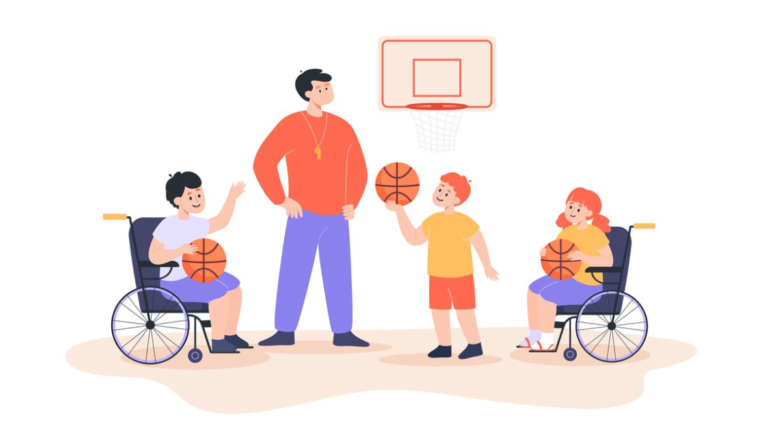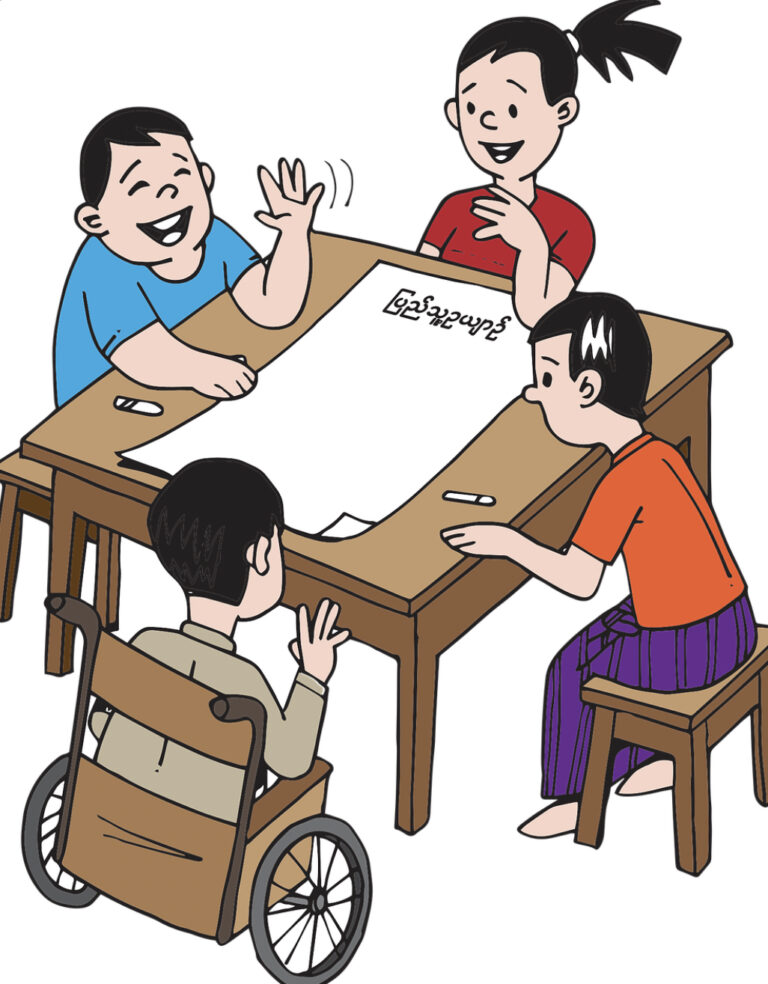Special education programs have not always existed in the United States. “The idea of excluding students with any disabilities from the public school system goes back to 1893, when the Massachusetts Supreme Court excluded students because of poor academic ability. This exclusion would become the source of education for all people with special needs for years to come. In 1954, Brown v. Board of Education believed that the right to a public education extended to all people regardless of race, gender or disability. Finally, special education programs in the United States became mandatory in 1975 when Congress passed the Education for All Handicapped Children Act (EAHCA) “(sometimes used with the acronyms EAHCA, or EHA, or Public Law (PL) 94-142) was passed by the US Congress in 1975 in response to discriminatory treatment by public educational institutions against students with disabilities. The EAHCA was later amended to strengthen protections for students with disabilities and renamed the Individuals with Disabilities Education Act (IDEA). IDEA requires states to provide special education and related services in accordance with international standards as a condition of federal funds.
IDEA gives every student the right to a free and appropriate public education (FAPE) in a designated restrictive environment (LRE). For FAPE, a team of local educational agencies and the student’s parents determine the unique educational needs of the student, meet annual goals for the student, and provide program modifications, testing accommodations, counseling and other services that meet the student’s needs. Parents are expected to be equal participants in this process, as well as others who are knowledgeable about the child, the meaning of the data collected in the evaluation, and all placement options. The student’s plan, which includes the elements listed above, is written in a written Individualized Education Program (IEP). Placement is usually determined by the child’s IEP evaluation program, and as close to the child’s home as possible. The school is required to develop and implement an IEP that meets the standards of federal and state educational agencies. Parents may waive special education services for their child if they wish.
Under IDEA, students with disabilities are eligible to receive special education services through their local school district between the ages of 3 and 18 or 21. To receive special education services, a student must use a disability in one of 13 specific categories, including autism, developmental disability, specific learning disability, intellectual disability, emotional and/or behavioral disability, mental retardation, speech and language impairment, deaf-blindness, visual impairment, hearing disability, orthopedic or physical disability, other medical disability (including attention deficit disorder), multiple disabilities and brain injury. Depending on individual needs, students may be included, counted or placed in special school and/or may receive a range of services in separate classrooms. In addition to academic goals, goals documented in the IEP may address self-care, social skills, physical, speech and vocational learning. Program placement is an integral part of the process and usually occurs during an IEP meeting.















